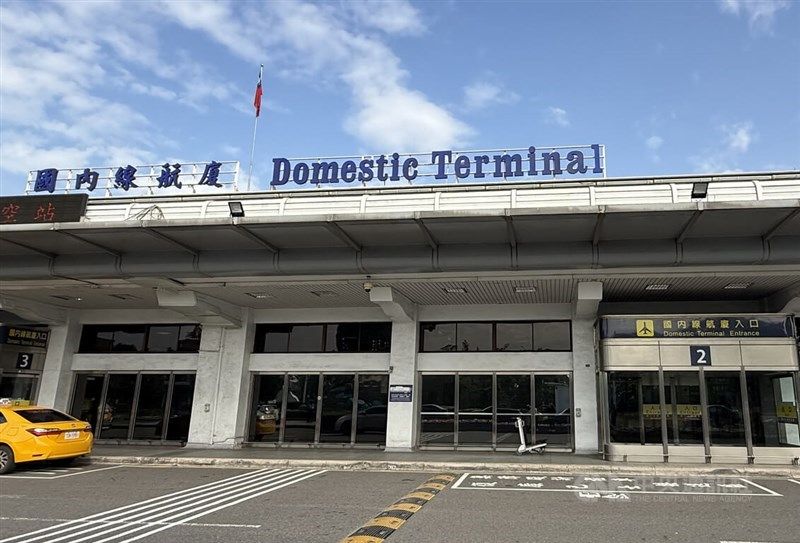Kaohsiung and Tainan Airports temporarily halted ground operations on Sunday due to severe weather, causing flight delays and operational disruptions.
📌 In-Depth Coverage with Added Value
While the official statement from the Civil Aviation Administration (CAA) described the interruptions in airway operations with basic detail, a deeper dive reveals insights into how these weather disruptions reflect broader challenges in Taiwan’s aviation resilience and infrastructure preparedness.
1. Quantifying the Disruption
- Kaohsiung International Airport suspended ground operations from 3:15 p.m. to 4:00 p.m., affecting 12 flights.
- Tainan Airport halted operations from 4:41 p.m. to 5:37 p.m., disrupting 2 flights.
Although cancellations were avoided, passenger inconvenience was significant—ranging from missed domestic connections to ripple delays affecting international flights.
2. Meteorological Patterns at Play
The extraordinary rainfall was linked to intense southwesterly airflows and convective cloud development over the Taiwan Strait—common factors in summer storms. Similar conditions triggered alerts earlier in mid-June.
3. Infrastructure Strain
Both Kaohsiung (the third-busiest airport in 2023 with over 4.2 million passengers) and Tainan handle considerable summer traffic. Repeated weather suspensions raise questions about drainage, pavement design, and emergency protocols, particularly as climate change fuels more frequent extreme weather events.
4. CAA’s Response Mechanisms
The CAA has protocols to inform passengers via terminal displays and public announcements. However, extended delays reflect the need for improved real-time communication, better contingency options (e.g. standby buses for redirected passengers), and perhaps enhanced weather forecasting integration into flight scheduling.
5. Impact on Domestic Connectivity
Taiwan’s regional air network includes critical routes linking Kaohsiung and Tainan to outlying islands and larger hubs. Delays or ground stops can cause cascading effects—disrupting time-sensitive cargo, tourism inflow, and essential services like medevac flights. Passengers with international transfers might find flights operating hours later than scheduled.
❓ FAQs
What prompted the ground operation suspensions at the airports?
Severe thunderstorms and heavy rainfall triggered safety concerns, prompting both Kaohsiung and Tainan airports to halt all ground handling, taxiing, and pushback operations until conditions improved.
Were any flights cancelled?
No flights were cancelled, but 14 flights experienced delays. However, the risk of cancellations remains high during such events due to air traffic congestion.
How often do such weather-triggered suspensions occur?
While exact frequency is unclear, incidents increased throughout June due to climate-driven storm clusters—a trend documented by the CWA.
Are Taiwan’s airports prepared for extreme weather?
Infrastructure limitations—like drainage capacity and surface friction—can challenge operations in heavy rain. The CAA is exploring upgrades in pavement design and weather resilience.
What can passengers do during similar disruptions?
Travellers should monitor real-time flight updates, stay near gate areas for announcements, consider travel insurance, and sign up for airline alert systems and apps.


